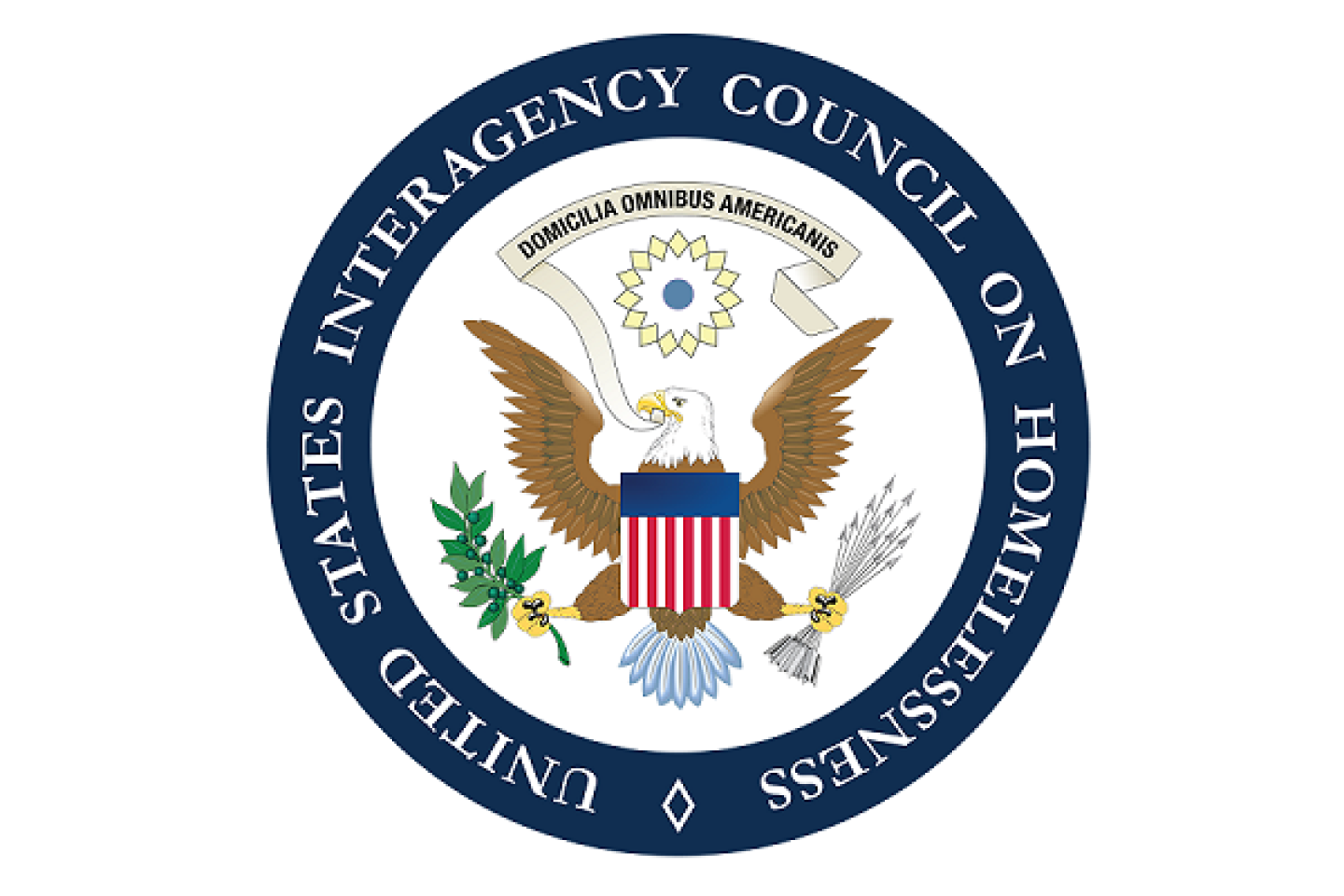What We’re Hearing From YOU About the Federal Strategic Plan to Prevent and End Homelessness
In the decade after the U.S. Interagency Council on Homelessness (USICH) released its first comprehensive federal strategic plan, homelessness dropped—roughly 10% overall, 50% among veterans, and 30% among families.
Unfortunately, since 2016, homelessness has steadily risen, and other troubling trends have emerged. In 2020, for the first time since the U.S. started collecting this data, more individuals experiencing homelessness were living on the streets and in cars than in shelters or other temporary housing. On any given night, more than half a million people live without a safe, stable, and affordable place to call home.
We’re keenly aware of how much the world, and our work, has changed in the last decade, especially in the last two years. We know that the solutions to these problems won't come from Washington, D.C. They’ll come from the organizations doing the work in communities and from the people who are experiencing or have experienced homelessness. That’s why, as we create a new federal strategic plan, the first part of our process has been to listen.
We’ve spent hundreds of hours collecting feedback. We received more than 1,500 comments online and conducted close to 100 listening sessions. Our sessions have included people who represent nearly every state and groups that represent a wide range of perspectives: people who experience or have experienced homelessness; Continuums of Care; leaders in racial equity, criminal justice, and health care; advocates for LGBTQ, youth, and people with disabilities; state, city, county, and tribal officials; Regional and State Interagency Councils on Homelessness; and so many more.
Key Themes
These diverse perspectives have provided rich insights into how the federal government can ensure the most equitable and effective execution of its programs and policies to prevent and end homelessness. While many of you have different ideas and priorities, the following represents some of the common solutions we heard:
- End the criminalization of homelessness and implement solutions that treat housing as a right.
- Commit to addressing racial disparities and advancing racial equity across systems, policies, and programs that target structural harm and generational trauma, incorporate intersectional lenses, and provide culturally relevant resources and services.
- Align housing resources and strategies at every level of government.
- Create new and preserve existing affordable housing.
- Prevent homelessness through a regional systems-level approach that reduces evictions and provides flexible cash assistance as well as quick access to mainstream benefits.
- Streamline referral and intake processes to reduce barriers to housing and strengthen implementation of the Housing First approach.
- Increase availability of and access to supportive and wraparound services that pair with housing interventions.
- Support community-driven solutions and systems that provide and facilitate flexibility and coordination, particularly between the health and homeless systems.
- Acknowledge unique barriers and tailor solutions to meet diverse needs of BIPOC (Black, Indigenous, and People of Color), LGBTQ+, Veterans, and youth.
- Create partnerships for local communities, providers, and people with lived experience to work together with the federal government throughout the policymaking process.
Key Themes From People With Lived Experience
People who experience or have experienced homelessness intimately know the systems we seek to change, and their expertise drives progress. Many of the most effective and most equitable innovations, such as Housing First, were born from listening to them.
Over the last few months, we collected feedback from more than 500 people with lived experience. The following represents some of the common solutions we heard:
- Expand the availability and accessibility of affordable housing.
- Meaningfully include—compensate and/or hire—people with lived experience in decision-making processes, adopting the notion of “nothing about us without us.”
- Address systemic bias to disrupt barriers that further historic disparities.
- Incorporate a whole-of-person approach to care that recognizes unique barriers and needs, and provides wraparound services, including emotional, social, and peer career supports.
- Integrate culturally specific and trauma-informed care to service delivery.
- Prevent homelessness with holistic efforts that break the cycle of poverty.
- Disrupt the vicious cycle of criminalization and homelessness by prioritizing and expanding access to low-barrier housing and supportive services, including landlord mediation resources.
- Improve federal and local coordination of resources and services, as well as methodologies and strategies.
The Way Forward
The intensive engagement we conducted over the last year will directly inform our development of the next federal strategic plan. It will be released this year as a living document that will be updated as we continue to listen and learn. For updates, visit usich.gov/all-in.
Our collective response to homelessness is strongest when grounded in a unified commitment to community-driven approaches. USICH sincerely thanks every person, community, and group that contributed their expertise, perspective, and experience to this process.
Together, we can end homelessness.



